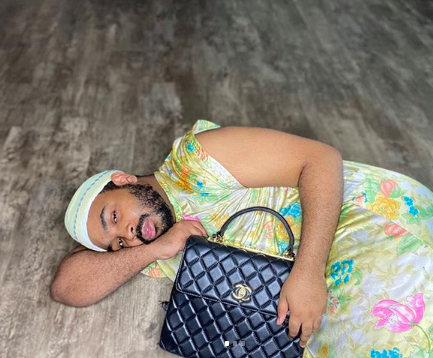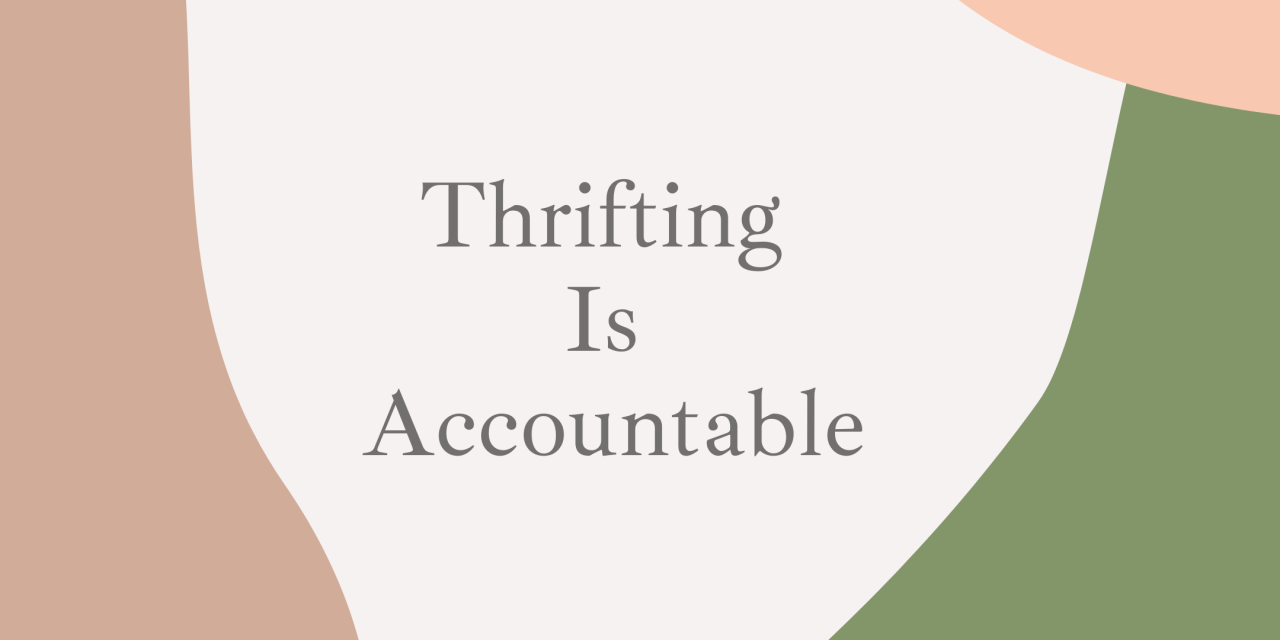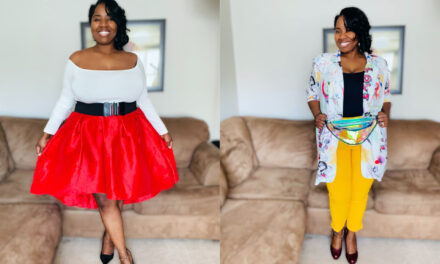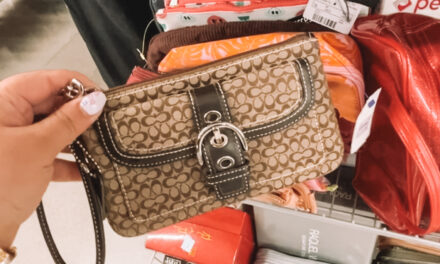For many, thrifting is about the hunt or the thrill of finding something cheap. However, for many like myself thrifting and secondhand buying plays a much larger sociopolitical role than it is given credit. Credit that is deserved.
Thrifting by its nature is a sociopolitical lifestyle and its role in fashion activism needs to be better addressed and understood. There are three important ways in which, thrifting plays a role in fashion activism and has roots which are sociopolitical in nature.
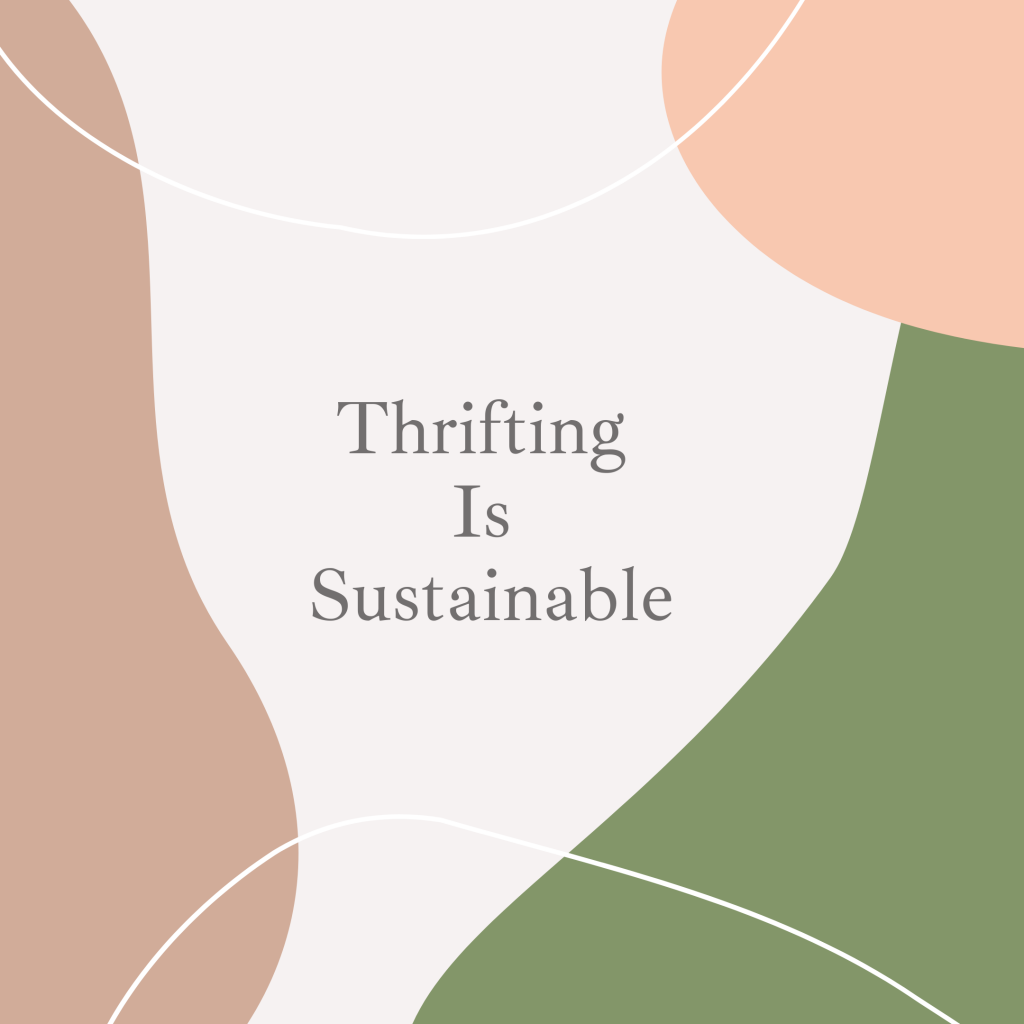
1. Thrifting Is Sustainable
Sustainable is a buzzword that is now often thrown around in fashion and lifestyle spaces. However, what many consider sustainable is not truly sustainable. Just because you buy something not from a Department store does not make it sustainable. Many do not truly understand this especially when it comes to fashion activism.
Nevertheless, when thinking about fashion activism, thrifting is a sustainable process. Through the continuous selling and donating of items that individuals no longer want it creates a sustainable process—buy, donate, buy, donate. Fashion activism asks person to think critical about how they are interacting with fashion.
In a fashion activist way of thinking just because you buy something at cheaper space like TJ Maxx or H&M does not make it sustainable; however, when you are buying from spaces like Goodwill were you are donating and selling it impacts your carbon footprint in a socially aware way. Thrifting is a sustainable process in fashion activism because it is a socially aware way of purchasing goods.
Thrifting at nonprofit stores like Goodwill is also economically sustainable. For example, Goodwill practices economic sustainability through the fulfillment of its mission services – which are funded by Goodwill’s retail stores. In 2019, Goodwill provided free job training and education opportunities to more than 3,400 people in our community. When you buy a shirt at Goodwill, you help to fuel initiatives like these.
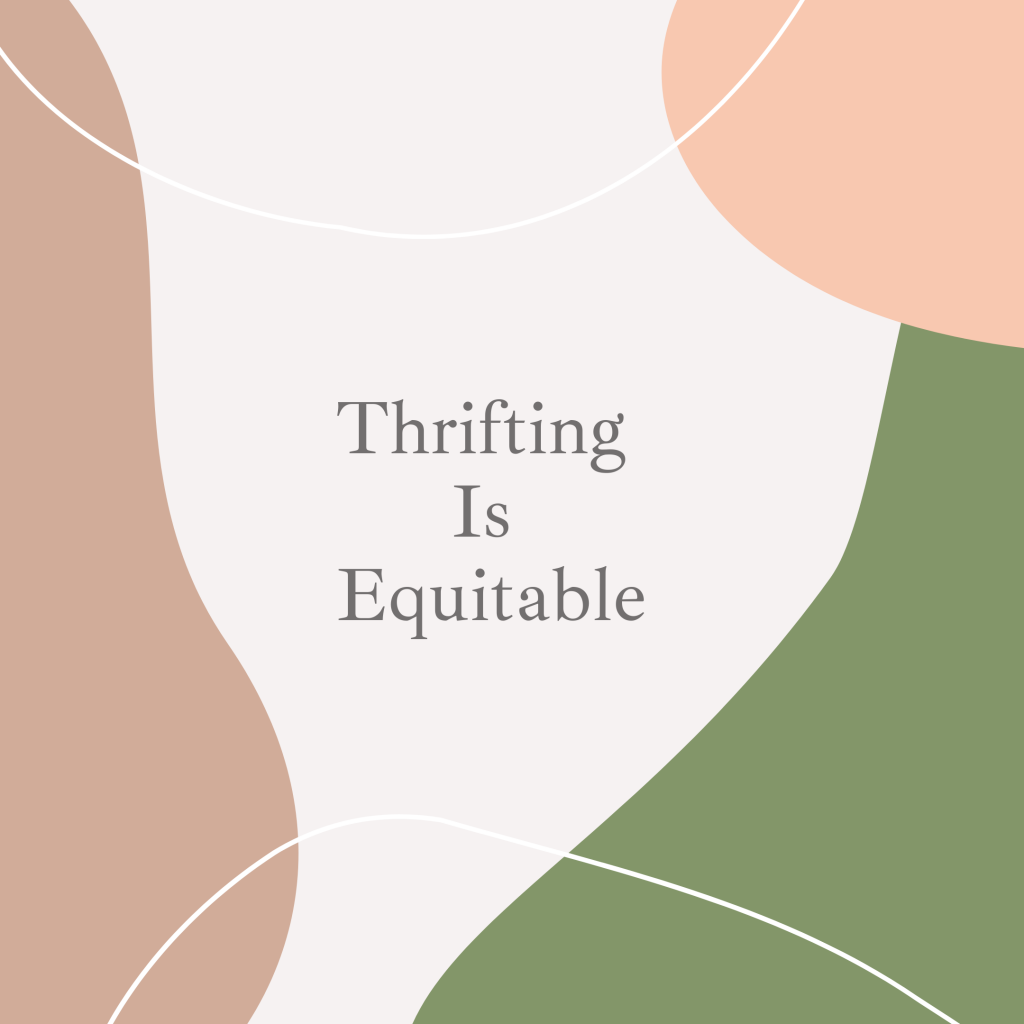
2. Thrifting Is Equitable
Thrifting by its nature brings people together of all socioeconomic, cultural, geographical, gender, and religious backgrounds. Unlike shopping at many Department stores that clearly accentuate one’s wealth, status, and background; thrifting and secondhand spaces completely strip those markers away.
Thrifting from a fashion activism perspective puts people on the same playing field when it comes to fashion. People are not reduced to minute aspects of themselves. Individuals are able to be treated in an equitable fashion. People are able to make community in these spaces due to their difference rather than be relegated to outskirts because of it.
Many Department stores individuals are policed and/or shunned for harboring difference. Thrift spaces are one in which people’s differences are appreciated and reversed. This acceptance of difference and rooting in equity is a core fundamental and vital principle which thrifting brings to the fashion activism discussion and work.
Lastly, when you shop at a nonprofit thrift store like Goodwill, their mission helps to break down the barriers to education and employment, which are inaccessible to many. This addresses systemic economic inequities in our society.
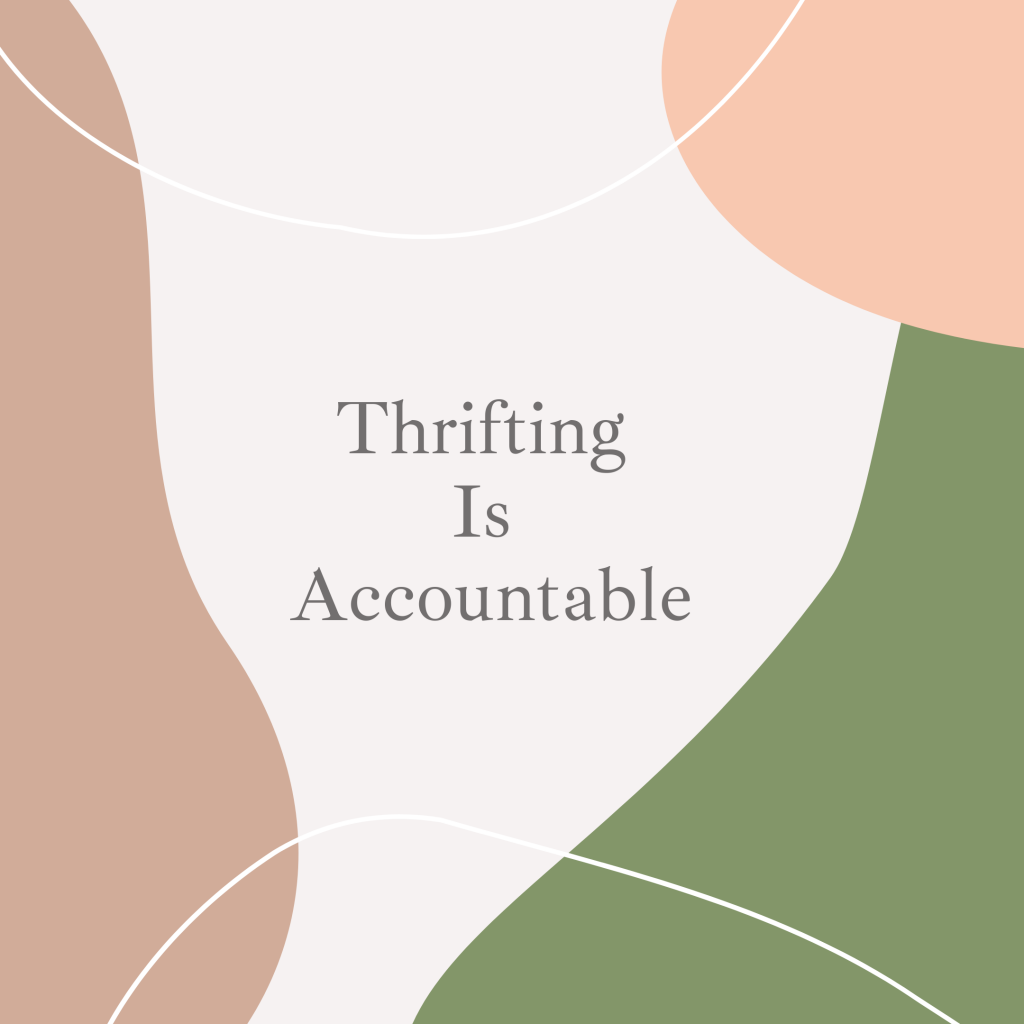
3. Thrifting Is Accountable
Unlike many fashion spaces currently where holding colleagues and counterparts accountable is shunned, thrifting is amplifying this work. The thrift community is going the extra-mile to make sure that the work it is doing is inter-sectional, not just diverse but inclusive, and is doing the work not just talking about it. Fashion activism requires people and spaces to not only discuss issues but put things into practice.
In the current climate of the world, many companies and spaces are merely speaking about what they want to do or are not speaking at all. Nevertheless, the thrift community is one of the few places within fashion where people are continuously pushing the envelope to make sure its counterparts and others in the fashion community are truly doing the work they state they will.
Fashion activism asks people to look past just discourse. This is because it is very easy to propagate that one cares, but actually putting it into action is not verifiable. Fashion activism is interested in verifiable outcomes, change, and strategy.
Thrifting is one of the only spaces currently doing the work of fashion activism in ways that are not just performative – but is asking for real everlasting change.
Thrifting spaces need people to understand the role of fashion activism because even if people do not realize it, every time they make a purchase from a thrift store, they are partaking in a fashion activist mindset.
